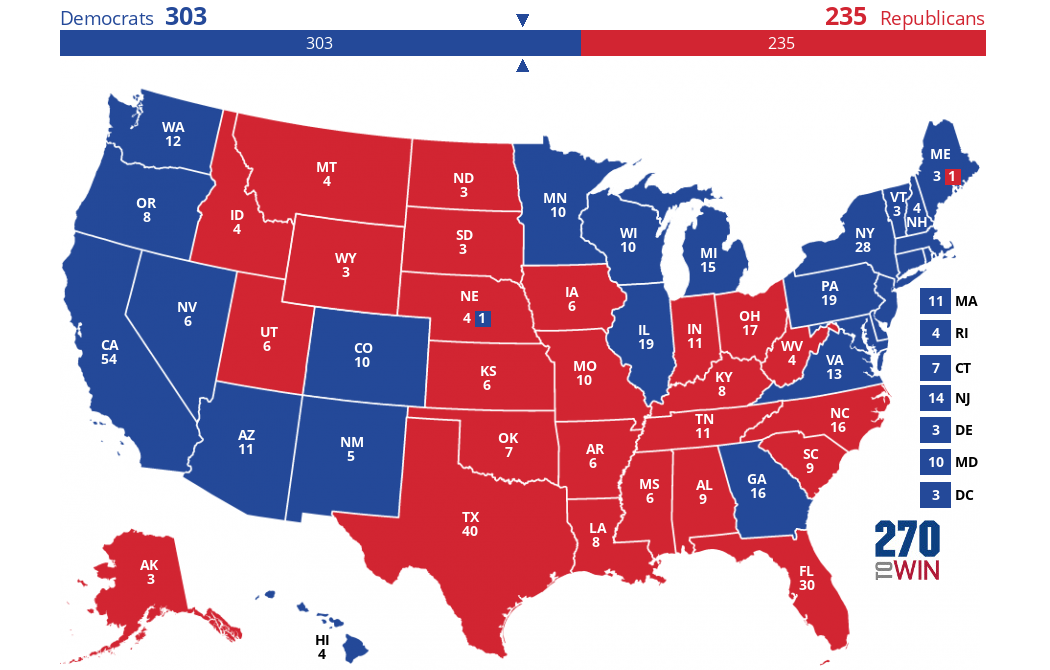
In his recent essay, “A Big Choice for Charter Schooling,” Rick Hess suggests that hyper-partisanship has rendered charter schooling (a product of compromise between Democrats and Republicans) an orphan and the sector needs to make a choice: “one is to lean into charter schools as familiar, safe, and ‘public’” (a blue state strategy); the other is “to lean into chartering as a lever for empowering parents and expanding choice” (a red state strategy). I believe there is a third way, one where charter schools operating as “familiar, safe public schools” become the best way to “empower parents” and “expand choice” regardless of the political party in charge.
To be clear, some advocates on each side of the partisan divide have always wanted the charter school movement to shift closer to their own position. But doing so would undermine charter schools’ broad appeal and success with policymakers, as well as the ideologically, geographically and racially diverse families served by these schools. Hess argues that aligning more closely with the private choice movement would allow charters to grow under a “big tent” strategy, yet this move would actually shrink the size of our tent by alienating policymakers who support charter schools in the urban, “blue” areas in which we have had the greatest impact and serve the largest number of students.
It’s true that hardcore leftists may never be won over to the reality that charter schools are public schools, but politics is rarely defined by its fringes. Look to the election of Mayor Eric Adams in New York City, whose victory puts charter schools in a much stronger position than under his predecessor Bill de Blasio. Why would we want to create distance from Mayor Adams now?
Still, emphasizing charter schools’ public nature doesn’t mean disassociating from people advocating other forms of educational choice. Far from it. Virginia Gov. Glenn Youngkin was elected on a platform of broad education reform rooted in parental empowerment—and a pledge to expand access to charter schools was a central feature. This was smart on Youngkin’s part because charter schools and other forms of public-school choice have a broader constituency than private choice. Indeed, education reformers on the right may think vouchers and educational savings accounts are gaining popularity, but these ideas struggle to become more than niche policy options precisely because they meet resistance to favoring private school options over public. Public schools educate more than 90% of America’s students. Any reform effort that doesn’t take into account the importance of public schools in the minds and hearts of American parents and policymakers is bound to remain a fringe movement—and that’s not how you change the system.
In the 2020-21 school year, the height of the pandemic, we saw one of the largest increases—over 240,000—in the total number of students attending charter schools. It’s fair to assume those numbers would be even higher if more charter schools were available in more communities. Policymakers took notice. The 2021 state legislative session was one of our most robust when it came to amending charter laws to allow for expansion—many of these improvements occurred in red states, but the sector also defended itself capably in blue states.
With more parents than ever before engaged in questions about how their children are educated, the charter school community has a responsibility to redefine public education—the hallmark of a free and democratic society. We see huge opportunities to do so in states across the country, not by tightly tying ourselves to one faction of education advocates, but by credibly communicating with leaders across the political spectrum, allying with both supporters of public education and with choice advocates. Our core message centers around broadening access to schools that fit the unique needs of students. “Equity” may be the word of choice in a blue city and “opportunity” the word of choice in a red state, but both give families access to tried, tested, and responsive public schools that are willing and able to innovate and expand if given a chance to do so.
At the end of the day, the school choice sector needs the ingenuity, drive, and can-do attitude that charter school leaders have brought to education over the past 30 years. Aggrieved as they may be at public school systems, it makes no sense for people on the right to abandon independently run public charter schools and their decades of experience turning school reform visions into actual schools. The charter sector’s ability to connect the dots with the public sector is necessary if our ultimate goal is to redefine public education as a system of schools that serve the needs of the public without saying goodbye to common school ideals of a public education. To maximize its effectiveness as an agent of educational change and parental empowerment, the charter sector cannot abandon its public roots.
Nina Rees is president of the National Alliance for Public Charter Schools.


